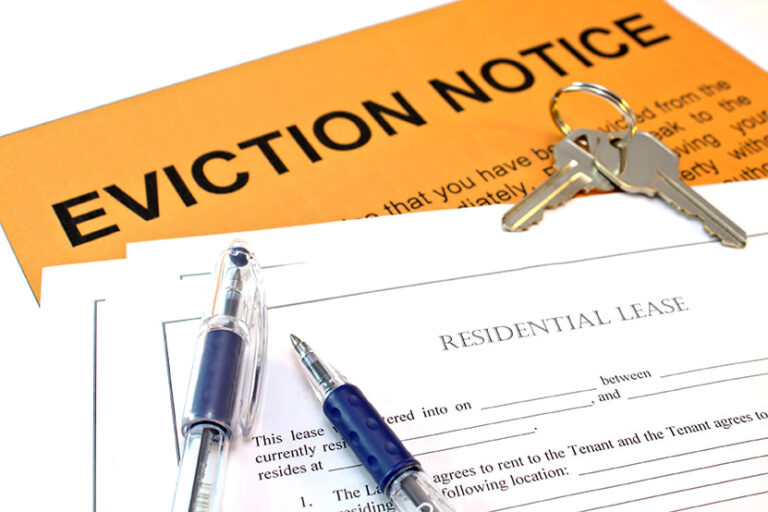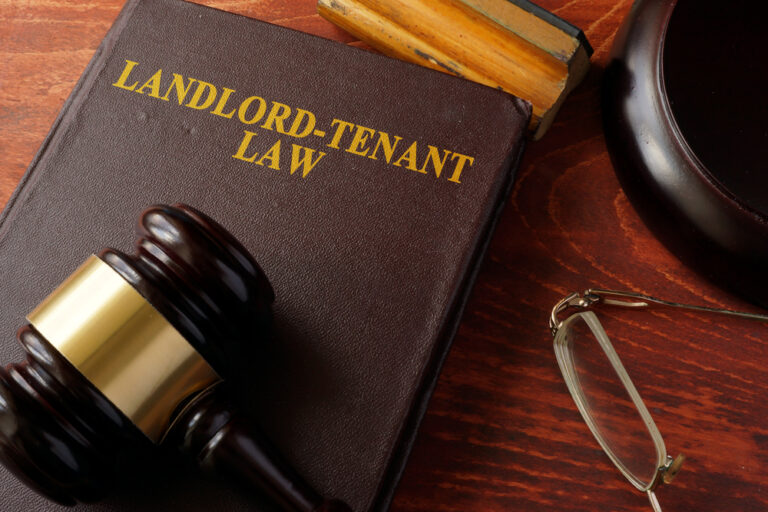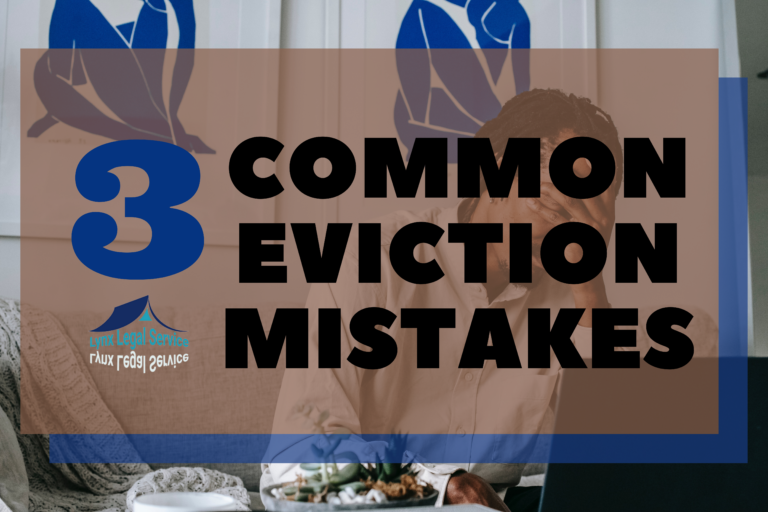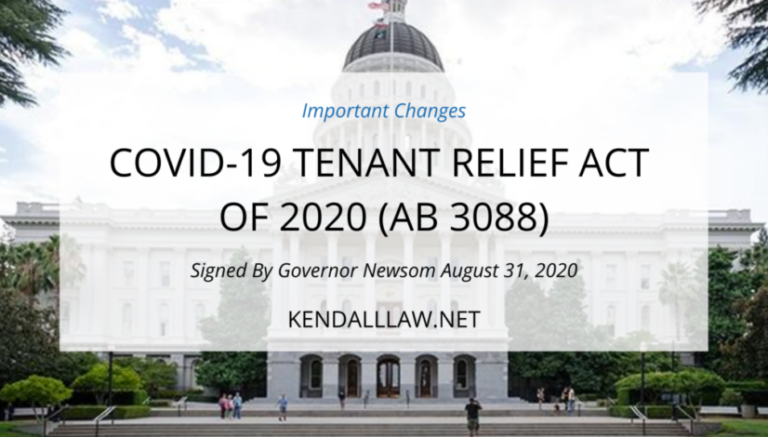Differences Between Commercial And Residential 3-Day Notices To Pay Or Quit
The process of terminating any California tenancy starts with delivery of the initial notice to vacate the premises. The first and most common reason to evict any tenant is for non-payment of rent. There are four major differences between a residential notice for non-payment of rent and a commercial notice for non-payment of rent, discussed…



